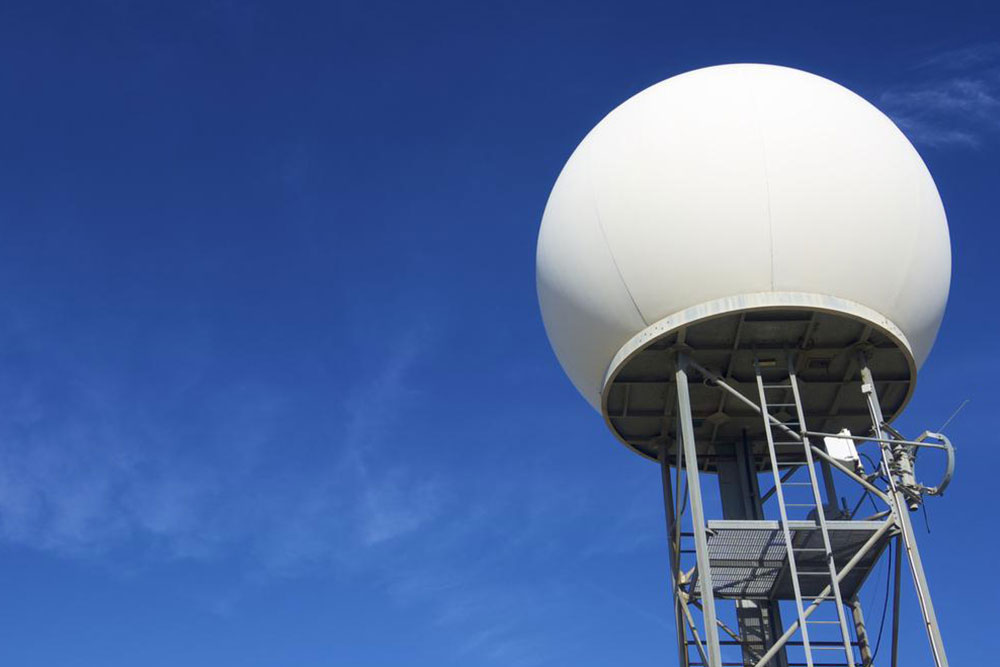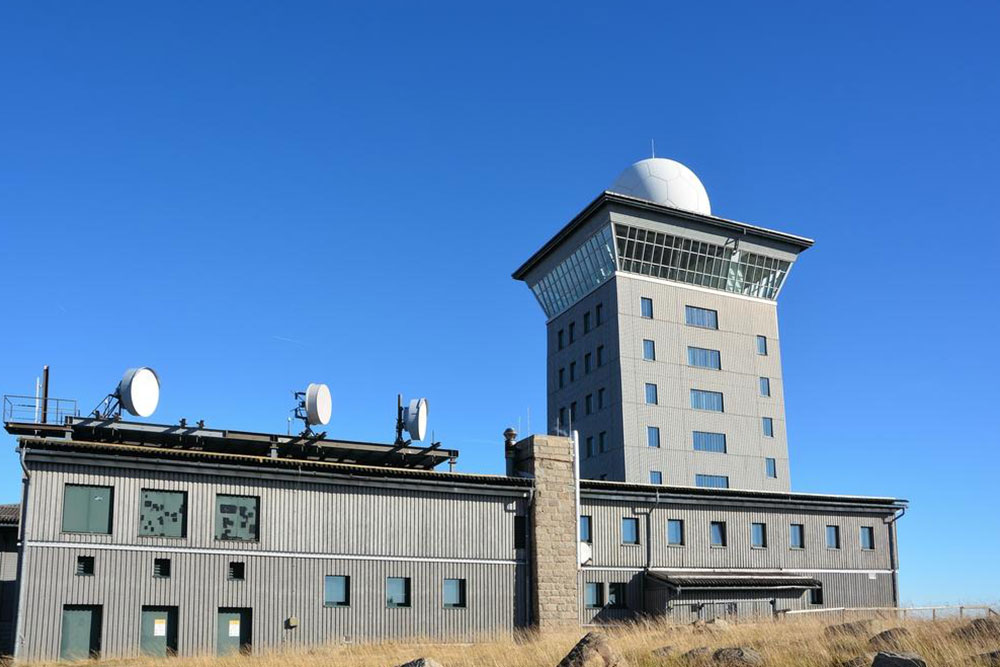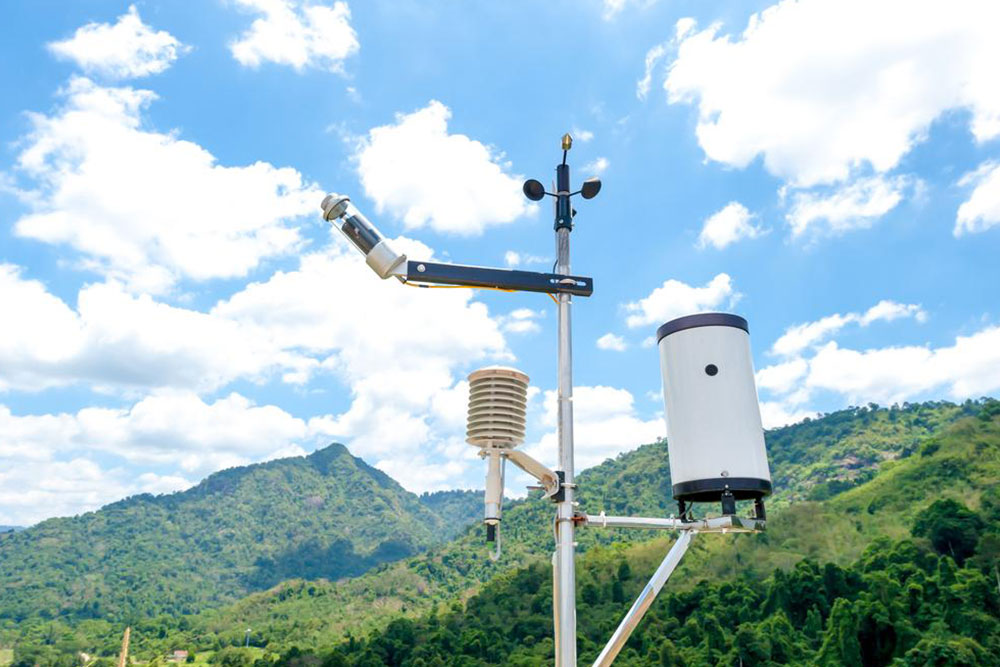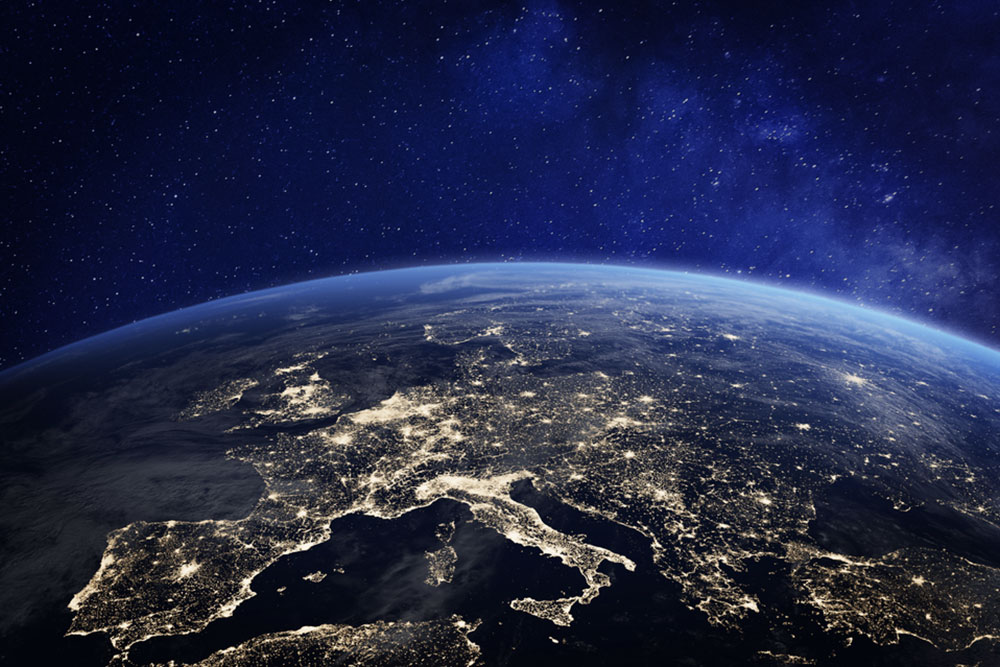Revolutionary Weather Prediction Technologies Transforming Forecasting Today
Discover the top five innovative weather forecasting technologies transforming meteorology today. From doppler radars and radiosondes to sophisticated satellite systems, these tools enable highly accurate and timely weather predictions. Their integration improves early warning capabilities, helping communities prepare for extreme weather events more effectively. Stay updated on the latest advancements that make weather forecasting more reliable and efficient, ensuring better safety and planning worldwide.
Sponsored

Innovative Technologies Shaping Modern Weather Forecasting
Accurate weather prediction is vital in today's era of climate uncertainty. Cutting-edge technology enables scientists to collect and analyze atmospheric data in real time, leading to more reliable forecasts. Across strategic locations worldwide, advanced systems are deployed to monitor weather changes meticulously. Here are five groundbreaking technologies driving the future of meteorology, ensuring safer and more precise weather predictions.
Doppler Radars
Using energy waves reflected by atmospheric particles, doppler radars map weather phenomena with high precision. These systems not only identify object positions but also track their movement by detecting frequency shifts. This capability is crucial for monitoring storm systems and severe weather events along coastlines and inland areas. With over 150 radar stations nationwide, doppler radars provide real-time updates, enhancing early warning systems.
Radiosondes
Radiosondes are lightweight devices attached to helium or hydrogen balloons used to gather atmospheric data at various altitudes. Equipped with sensors, these instruments transmit information such as wind speed, direction, temperature, and humidity to ground stations. Capable of reaching heights up to 115,000 feet, radiosondes provide invaluable insights into upper-atmosphere conditions. Annually, thousands of balloons are launched to improve the accuracy of weather models, especially in predicting long-term weather patterns and storm development.
Automated Surface Observing Systems (ASOS)
To complement radar and balloon data, ground-based ASOS stations collect real-time weather variables, including cloud cover, wind, pressure, and precipitation. Managed collaboratively by meteorological and aviation agencies, these systems operate continuously, providing critical data for accurate forecasts. They can detect fog, haze, storms, and other localized conditions, ensuring comprehensive situational awareness across multiple regions.
Advanced Weather Processing Systems (AWIPS)
Raw data from radars, radiosondes, and surface stations are integrated and analyzed via AWIPS, a centralized system that processes vast datasets using sophisticated algorithms. This setup combines satellite imagery, ground observations, and atmospheric models to generate detailed forecasts. Its capability to unify multiple data sources facilitates seamless information sharing among meteorological centers, leading to enhanced prediction accuracy and timely alerts.
Weather Satellites
Orbiting above Earth, weather satellites capture high-resolution images and atmospheric data across the globe. Traveling at approximately 22,000 miles per hour, they orbit the planet every 30 minutes, providing continuous updates. These satellite images allow meteorologists to observe developing weather systems, monitor moisture distribution, and assess cloud dynamics, forming a critical component of modern forecasting models.
Integrating these advanced technologies empowers meteorologists worldwide to detect even subtle atmospheric shifts, enabling early warnings for severe weather events such as cyclones, tornadoes, and storms. These systems help authorities plan and execute safety measures days or weeks in advance, minimizing damage and saving lives.





